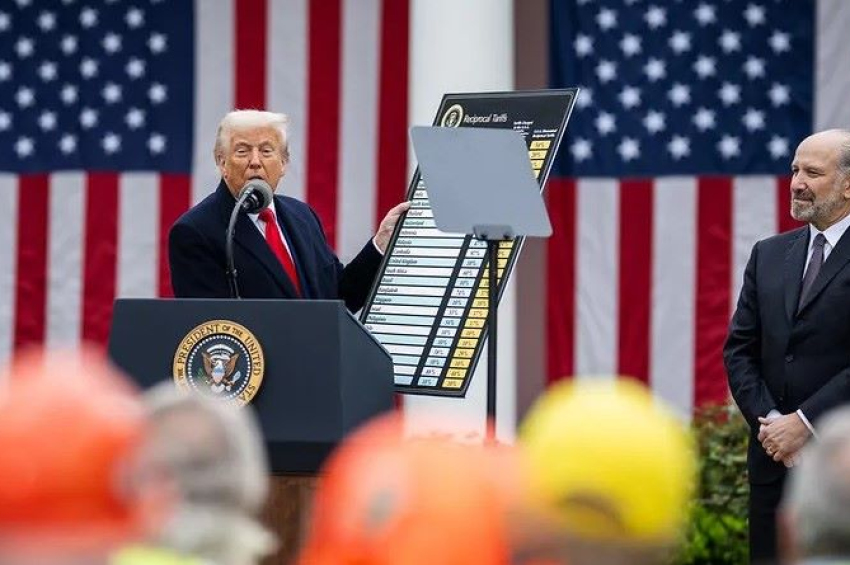[video] Scientists officially map out Earth’s 8th continent
When Dutch explorer Abel Tasman and his crew moored in 1642 on the island now known as New Zealand, he was convinced of discovery of a new continent, which was called Tasmantis by Europeans and Te Riu-a-Maui by the Maori people.
Yet his name got attached to the Australian island state of Tasmania, while Tasmantis remained only in the imagination of researchers for centuries, many believing that it was about Atlantis in the middle of the Pacific Ocean.
More to read:
Jules Verne was right: Oceans are hidden beneath Earth
After nearly 375 years of speculation, a team of scientists from Australia, New Zealand, the United States, and Denmark has proved that Mr. Tasman was right after all and the 8th continent did exist.
In a new study published in the journal Tectonics last September, the authors announced that they have finished mapping out the continent, Zealandia, which stretches out on 4.9 million square kilometers. Most of it is submerged but breaks the surface of Pacific waters as the island of New Zealand.

With the support of the GNS Science Institute, the researchers obtained geological samples from the sunken land and found a veritable treasure trove of minerals, including multiple types of sandstone, basaltic lava, and limestone.







